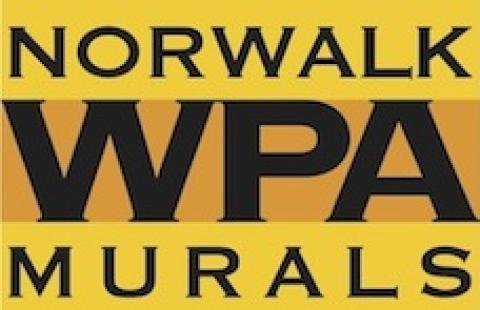What were the specific goals of this creative economy project? Describe the community development challenge or opportunity that your project was designed to address:
The goal was to execute a strategic plan designed to re-engage the community with an under appreciated cultural asset, and use this renewed interest to leverage and expand cultural tourism opportunities. The strategic plan included but was not limited to developing a logo for consistent identity/branding, recruiting and training docents - both adult and student, creating way finding resources both print and digital, and offering tours in conjunction with existing cultural tourism events (e.g., SLOW Art Day, CT Open House Day, Norwalk Preservation Trust tour, etc.).
If the goals change over time, please describe how:
While some specifics of the strategies changed over time - for example abandoning the idea of using QR codes - the overarching goals of re-engaging the community and expanding cultural tourism have remained constant.
Who was involved in this project and what did they do? (be sure to include the partners from outside of the creative sector and how local voices were included):
- Representatives from the Norwalk Department of Parks & Recreation, Norwalk Public Library, Norwalk Parking Authority, Norwalk Historical Commission, Norwalk Historical Society, and Redevelopment Agency: Served as members of an ad hoc leadership teams.
- Norwalk Preservation Trust, Norwalk Housing Authority Learning Center, Carver Community Center, Norwalk High School Freshman Academy: Provided opportunities to train docents and conduct tours.
- Norwalk Historical Society Museum: Provides initial contact point for cultural tourism, followed by referral to lead WPA docent coordinator.
- Center for Contemporary Printmaking: Sponsored an extension program for student docents.
- Tallmadge & Bloom Brothers Oyster & Shellfish Companies: Opened their businesses to visitors so they could compare oystering as depicted in the WPA-era murals with the way it's done today.
- Norwalk 2.0 - Wrote and produced video overview of the student docent program.
- Norwalk Community College, Maritime Aquarium, Norwalk Post Office, Norwalk Transit District, Norwalk Public Libraries - Partnered in increasing access to WPA/New Deal artwork at their locations.
- NEA: Provided grant funding for some aspects of the project.
How does this project relate to a larger community development strategy?
Norwalk's Economic Development Action Plan identified as goal #3, the need to leverage the city's cultural, recreational, art and historic assets as economic drivers.
What projects or places, if any, inspired your approach to this creative economy project?
N/A other than individual personal experiences of project team members who participate in cultural tourism programs when they travel e.g., Road Scholar, etc.
